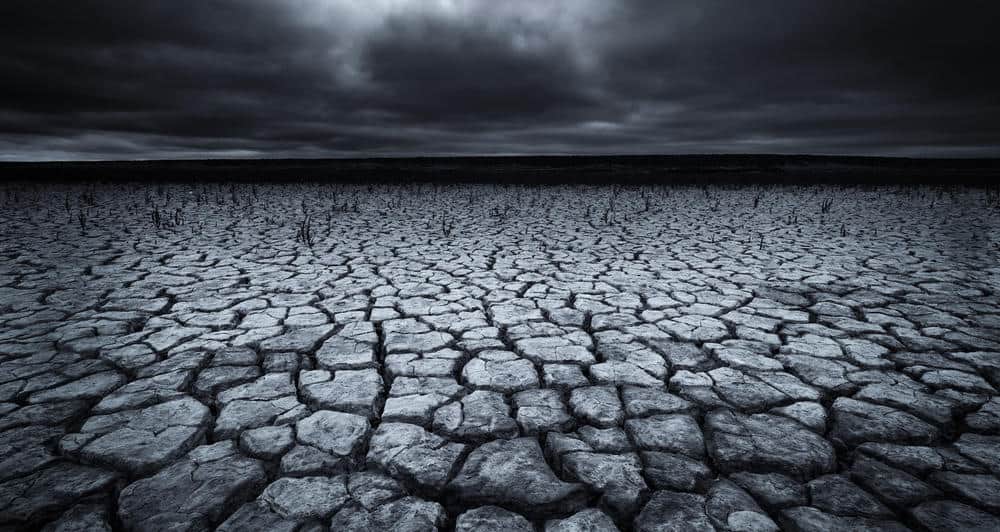
A collection of research and insights from Stanford experts who are deciphering the mysteries and mechanisms of extinction and survival in Earth’s deep past and painting an increasingly detailed picture of life now at the brink.
An estimated 8 million animal and plant species live on planet Earth. But extinction rates are accelerating. Gorillas, gazelles, frogs, rhinos and whales are among the species now critically endangered, and human activities present the biggest threat.
In mass extinctions, a huge portion of the planet’s species die off over thousands or even millions of years – a geological blink. Scientists have identified five of these events in fossil data going back roughly half a billion years.
Scientists who study past extinction events can find clues about not only the evolution of life on Earth, but also about the effects of extreme changes in our planet’s atmosphere, and how life finds ways to rebound. Stanford scientists and colleagues have uncovered evidence, for example, that the biggest extinction in Earth’s history was caused by global warming that left ocean animals unable to breath.
Other research, coauthored by Stanford geophysicist Sonia Tikoo-Schantz, suggests the crater from the giant asteroid impact linked to the dinosaur extinction some 66 million years ago may have provided niches for life.
“The fossil record is our only archive of past extinction events,” Stanford paleobiologist Jonathan Payne has said. It allows researchers to examine directly which biological traits tend to lead to higher extinction risk under different circumstances, whether in the wake of an asteroid impact or volcanic eruption, or amid global warming.
Many scientists say a sixth mass extinction is now under way. In 2019, following a review of thousands of scientific and government sources, the United Nations’ Intergovernmental Science-Policy Platform on Biodiversity and Ecosystem Services reported that approximately 1 million animal and plant species are threatened with extinction. According to the report, more than 40 percent of amphibian species, nearly 33 percent of sharks, shark relatives and reef-forming corals, and upwards of 33 percent of all marine mammals are threatened.
Even parasites are under threat. Up to one-third of the world’s parasite species could go extinct within a few decades – potentially opening new niches for other, invasive parasites to exploit. And losses can snowball. As Stanford biologist Paul Ehrlich and colleagues wrote in a recent study suggesting the extinction rate is likely much higher than previously thought, “Extinction breeds extinction.”
When species vanish, benefits to humanity can be lost, too – from economic opportunities related to ecotourism to keeping in check populations of species that can spread infectious disease. The UN report estimated that as much as $577 billion in annual global crops are now at risk from loss of pollinators. The consequences do not fall equally across society. The areas projected to see some of the worst negative effects from biodiversity loss and related changes to ecosystem functions are also home to many of the globe’s poorest communities as well as large concentrations of Indigenous peoples.
This collection covers how scientists are deciphering the mysteries and mechanisms of extinction and survival in Earth’s deep past and painting an increasingly detailed picture of life now at the brink.
Scroll down for extinction research news and insights spanning the future of our own species; the disappearance of our hominid relatives and why the Neanderthals’ fate could have been ours; expanding knowledge of past extinctions; the root causes and ripple effects of the Earth’s ongoing biodiversity crisis; and connections between extinctions and pandemics.
from ScienceBlog.com https://ift.tt/2L7V0uj
No comments:
Post a Comment